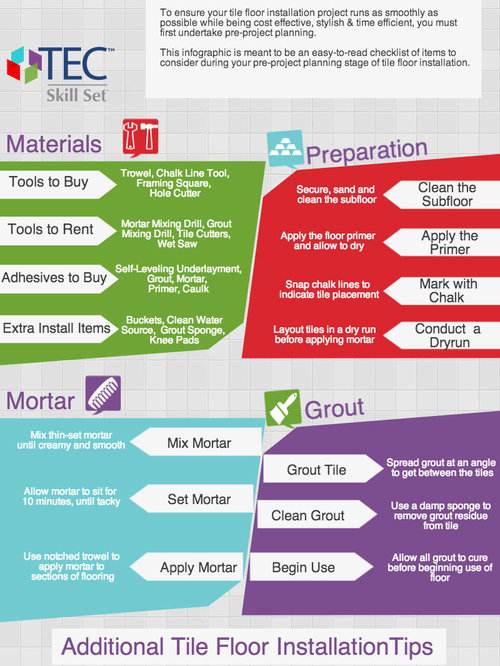How To Budget For Your Floor Covering Project: A Practical Overview
How To Budget For Your Floor Covering Project: A Practical Overview
Blog Article
Developed By-Craven Hvidberg
When you're planning a flooring project, budgeting isn't almost choosing a number; it's about recognizing what you genuinely require and the costs entailed. You'll wish to evaluate your certain requirements, research different products, and anticipate unanticipated costs. Think of exactly how factors like room purpose and installation approaches can influence your budget. However prior to you enter, there are some crucial information you could overlook that could dramatically affect your total costs. Let's check out just how to browse these intricacies and ensure your project stays on track.
Assessing Your Floor Covering Needs
Before diving right into your flooring task, it's vital to assess your floor covering requires. Beginning by considering the particular locations where you plan to mount new flooring. Consider the purpose of each area. As an example, bathroom and kitchens require waterproof products, while living locations might gain from convenience and aesthetics.
Next off, assess the status quo of your floorings. Are there any type of structural issues, such as irregular surface areas or wetness problems? Dealing with these concerns beforehand can conserve you money and time down the line.
Also, take note of the measurements of each space to determine how much floor covering you'll need.
Don't forget to consider your lifestyle. If you have pet dogs or young kids, durability might be your top concern, while an extra official space might call for a luxurious finish. Furthermore, consider your layout preferences. Do you choose a classic appearance, or are you attracted to contemporary styles?
Lastly, be sensible about how much upkeep you want to commit to. Some materials require more upkeep than others. By understanding your needs plainly, you'll be better equipped to make enlightened options as you move on with your floor covering job.
Estimating Costs and Materials
Estimating expenses and products is a pivotal step in your flooring project that can significantly influence your total budget plan. Start by measuring your space properly to establish how much floor covering you'll require. For the majority of materials, you'll find pricing by square foot, so collect quotes from different providers to obtain a reasonable number.
Next, think about the type of floor covering you want. https://www.prnewswire.com/news-releases/milburn-flooring-acquires-blendex-industrial-corp-301469873.html like hardwood, laminate, ceramic tile, or carpeting all come with various cost factors. Research study the prices for every and factor in any type of added products like underlayment, glue, or shift strips.
Do not forget to consist of devices if you're intending a do it yourself installment, as leasing or purchasing tools can include in your expenditures.
Labor costs are another vital factor to consider. If just click the up coming website working with professionals, get estimates from several contractors to guarantee you're getting a fair price. Be clear concerning the scope of work to stay clear of unforeseen fees later on.
Finally, it's wise to allot a small percent of your budget for any unanticipated costs related to products. By completely estimating your prices and products ahead of time, you'll establish on your own up for a smoother and much more workable flooring project.
Planning for Hidden Costs
Several homeowners ignore the surprise expenses that can develop during a floor covering job, which can bring about budget plan overruns. To prevent this, you need to plan for possible added expenses.
First, think about the problem of your existing subfloor. If it's harmed or irregular, you'll likely require repair services or leveling, which can include significantly to your overall expense.
Next, think of removal and disposal costs for your old floor covering. Lots of professionals charge extra for this solution, so factor that into your budget.
Additionally, do not ignore the expenses of underlayment, which might not be included in the preliminary quote but are vital for an effective installation.
You should likewise plan for unexpected complications, such as plumbing or electrical job if your floor covering job entails relocating fixtures. It's a good idea to reserve a minimum of 10-15% of your total allocate these unforeseen costs.
Finally, bear in mind that permits may be needed for sure installations. Constantly check neighborhood guidelines to prevent penalties or delays.
Final thought
To conclude, budgeting for your flooring project is important for a successful outcome. By analyzing your demands, approximating costs, and preparation for hidden expenses, you'll prevent surprises and stay on track. Keep in mind to reserve a portion of your allocate unanticipated prices and maintain an in-depth breakdown of your expenses. With careful planning and factor to consider, you'll produce a lovely area that meets your needs without breaking the financial institution. Pleased floor covering!
